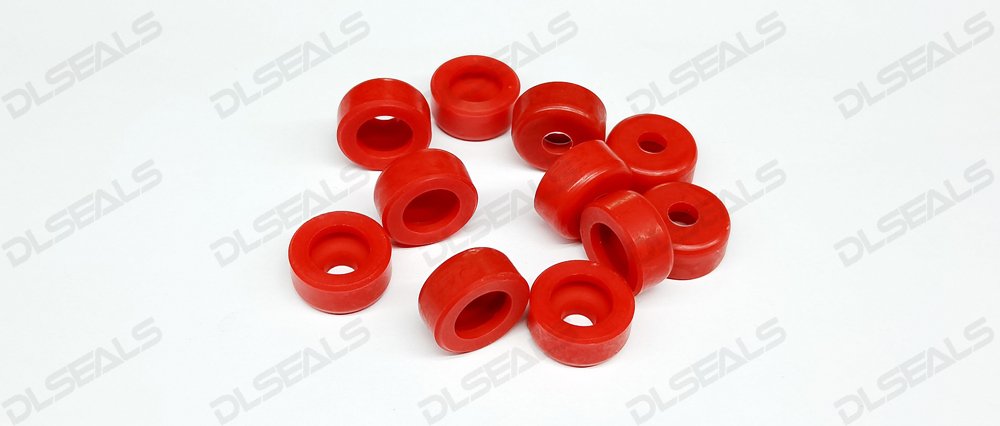In various industries and applications, rubber seals play a crucial role in maintaining seal integrity and preventing leakage. Whether it’s in automotive engines, hydraulic systems, or household appliances, rubber seals are relied upon to keep fluids contained and mechanisms functioning smoothly. However, over time, these seals can degrade due to factors such as wear and tear, exposure to harsh environments, and improper installation.
To ensure the longevity and effectiveness of rubber seals, regular inspections are essential. Here are some key reasons why seal inspections are vital for maintaining seal integrity:
Prevent Leakage: Rubber seals can deteriorate over time, leading to leaks that compromise the performance of machinery and equipment. Regular inspections allow for the early detection of seal degradation, minimizing the risk of leakage and potential damage to components.
Identify Wear and Damage: During inspections, technicians can visually inspect rubber seals for signs of wear, damage, or deformation. This includes cracks, tears, and loss of elasticity, which can occur due to prolonged use or exposure to harsh chemicals or extreme temperatures.
Ensure Proper Installation: Improper installation of rubber seals can result in misalignment or uneven compression, leading to premature failure. Inspections help verify that seals are installed correctly, with the right amount of compression and alignment relative to mating surfaces.
Address Environmental Factors: Rubber seals are susceptible to degradation when exposed to certain environmental conditions, such as UV radiation, ozone, and chemical exposure. Inspections allow for the assessment of environmental factors that may impact seal performance, prompting preventive measures or material upgrades as needed.
Compliance with Regulations: In some industries, compliance with regulatory standards and safety requirements is mandatory. Regular seal inspections help ensure compliance with industry regulations and standards, demonstrating a commitment to quality and safety.
To conduct effective rubber seal inspections, it’s essential to follow a systematic approach that includes visual examination, measurement of seal dimensions, and testing for sealing effectiveness. Additionally, documenting inspection findings and implementing corrective actions in a timely manner are crucial steps in maintaining seal integrity and prolonging the lifespan of rubber seals.
In conclusion, seal integrity is paramount for the reliable operation of machinery and equipment across various industries. By performing regular inspections and addressing issues proactively, organizations can safeguard against costly downtime, equipment damage, and safety hazards associated with seal failures. With proper maintenance and attention to seal integrity, rubber seals can continue to perform effectively and contribute to the smooth operation of mechanical systems.
Post time: Apr-17-2024

